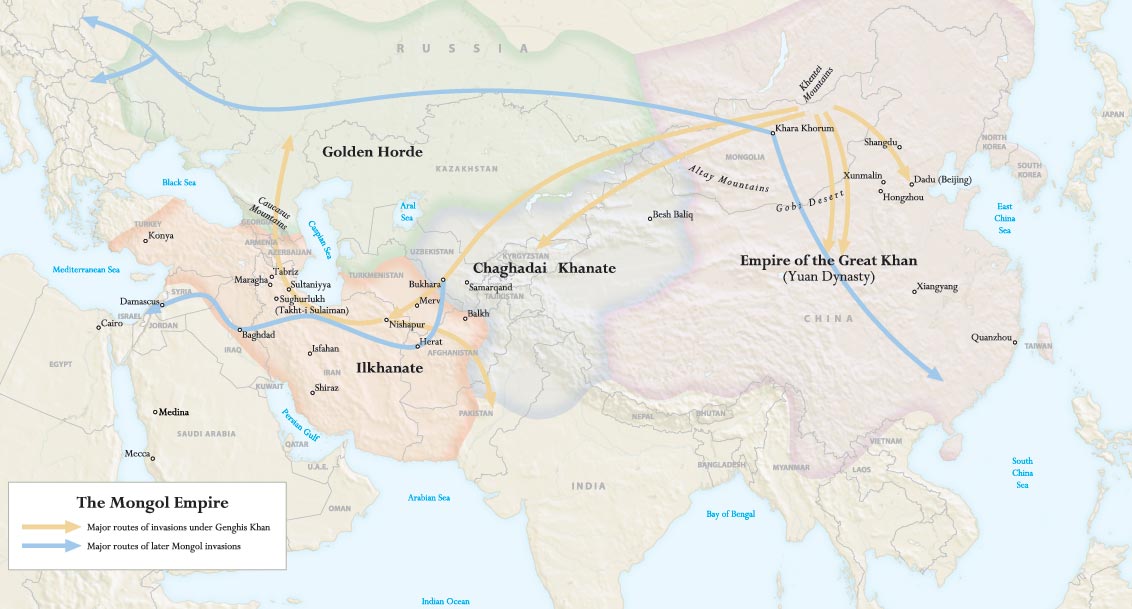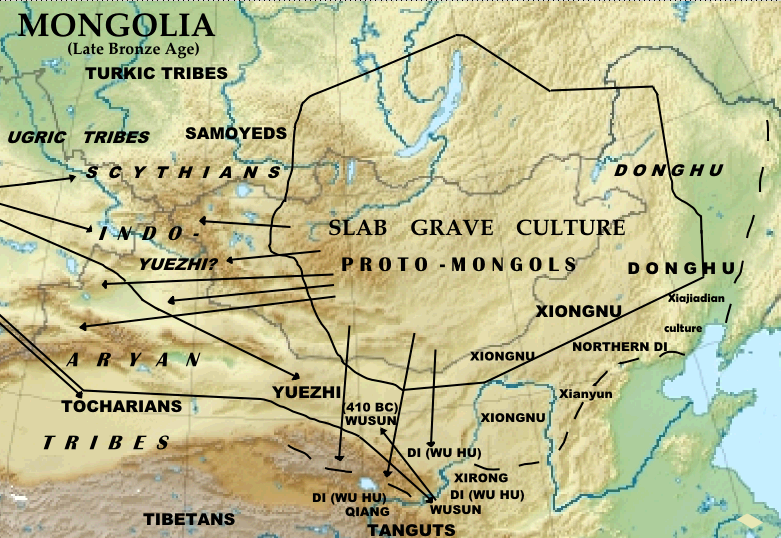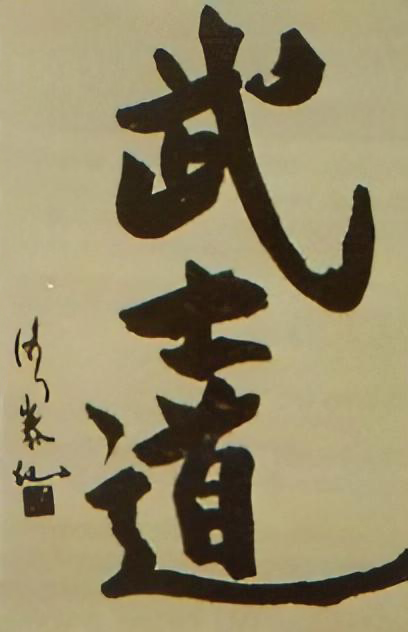|
Altan Tobchi
The ''Altan Tobchi'', or ''Golden Summary'' (Mongolian script: '; Mongolian Cyrillic: , '), is a 17th-century Mongolian chronicle written by Guush Luvsandanzan. Its full title is ''Herein is contained the Golden Summary of the Principles of Statecraft as established by the Ancient Khans''. Mongolian scholars typically call the work the "Lu Altan Tovch". It is generally considered second in dignity to the ''Secret History of the Mongols'' as a historical chronicle and piece of classical literature. In fact, the work is special in that it contains 233 of the 282 chapters of the ''Secret History'' not only verbatim but with additional detail in certain parts. It is also significant in that it is a major source of knowledge on the "Chingisiin Bilig" or Wisdom of Genghis, a code of ethical conduct specifically directed toward future generations of Mongolian ruling nobility. Duke Jamiyan discovered and brought the original pen copy of the Altan Tobchi to Ulaanbaatar in 1926 from a ... [...More Info...] [...Related Items...] OR: [Wikipedia] [Google] [Baidu] |
Yuan Dynasty
The Yuan dynasty (), officially the Great Yuan (; xng, , , literally "Great Yuan State"), was a Mongols, Mongol-led Dynasties in Chinese history, imperial dynasty of China and a successor state to the Mongol Empire after Division of the Mongol Empire, its division. It was established by Kublai Khan, Kublai, the fifth khagan-emperor of the Mongol Empire from the Borjigin clan, and lasted from 1271 to 1368. In orthodox Chinese historiography, the Yuan dynasty followed the Song dynasty and preceded the Ming dynasty. Although Genghis Khan had been enthroned with the Han Chinese, Han-style title of Emperor of China, Emperor in 1206 and the Mongol Empire had ruled territories including modern-day Northern and southern China, northern China for decades, it was not until 1271 that Kublai Khan officially proclaimed the dynasty in the traditional Han style, and the conquest was not complete until 1279 when the Southern Song dynasty was defeated in the Battle of Yamen. His realm was, ... [...More Info...] [...Related Items...] OR: [Wikipedia] [Google] [Baidu] |
History Of Mongolia
Various nomadic empires, including the Xiongnu (3rd century BC–1st century AD), the Xianbei state ( AD 93–234), the Rouran Khaganate (330–555), the First (552–603) and Second Turkic Khaganates (682–744) and others, ruled the area of present-day Mongolia. The Khitan people, who used a para-Mongolic language, founded an empire known as the Liao dynasty (916–1125), and ruled Mongolia and portions of North China, northern Korea, and the present-day Russian Far East. In 1206, Genghis Khan was able to unite the Mongol tribes, forging them into a fighting force which went on to establish the largest contiguous empire in world history, the Mongol Empire (1206–1368). After the fragmentation of the Mongol Empire, Mongolia came to be ruled by the Yuan dynasty (1271–1368) based in Khanbaliq (modern Beijing) and administered as part of the Lingbei Province. Buddhism in Mongolia began with the Yuan emperors' conversion to and dissemination of Tibetan Buddhism. After collaps ... [...More Info...] [...Related Items...] OR: [Wikipedia] [Google] [Baidu] |
1604 Books
Sixteen or 16 may refer to: *16 (number), the natural number following 15 and preceding 17 *one of the years 16 BC, AD 16, 1916, 2016 Films * ''Pathinaaru'' or ''Sixteen'', a 2010 Tamil film * ''Sixteen'' (1943 film), a 1943 Argentine film directed by Carlos Hugo Christensen * ''Sixteen'' (2013 Indian film), a 2013 Hindi film * ''Sixteen'' (2013 British film), a 2013 British film by director Rob Brown Music *The Sixteen, an English choir *16 (band), a sludge metal band *Sixteen (Polish band), a Polish band Albums * ''16'' (Robin album), a 2014 album by Robin * 16 (Madhouse album), a 1987 album by Madhouse * ''Sixteen'' (album), a 1983 album by Stacy Lattisaw *''Sixteen'' , a 2005 album by Shook Ones * ''16'', a 2020 album by Wejdene Songs * "16" (Sneaky Sound System song), 2009 * "Sixteen" (Thomas Rhett song), 2017 * "Sixteen" (Ellie Goulding song), 2019 *"16", by Craig David from ''Following My Intuition'', 2016 *"16", by Green Day from ''39/Smooth'', 1990 *"16", by Highl ... [...More Info...] [...Related Items...] OR: [Wikipedia] [Google] [Baidu] |
Erdeni Tobchi
The ''Erdeniin Tobchi'' (, , ''summary of the Khans' treasure'') is a national chronicle of the Mongols written by Saghang Sechen in 1662. The ''Erdeniin Tobchi'' is commonly called ''The Chronicles of Sagang Sechen''. A first translation into a western language (German) was published by the Moravian missionary Isaac Jacob Schmidt in 1829. The English translation by John Krueger is called ''The Bejeweled Summary of the Origin of the Khan: A History of the Eastern Mongols to 1662''. It is generally regarded by nearly all ancient Mongolists as a primary source of accurate Mongol history. The names in this work were reputed to be uncorrupted. ''Erdeniin Tobchis records of Mongol rulers were so different from ''Altan Tobchi'', '' Habib al-siyar'' and '' Zafarnama'' in Persian that modern Mongolists consider Saghang Sechen's records to be inaccurate. See also * ''Altan Tobchi'' * ''The Secret History of the Mongols ''The Secret History of the Mongols'' (Middle Mongol: ''Mongɣol ... [...More Info...] [...Related Items...] OR: [Wikipedia] [Google] [Baidu] |
Altan Debter
The ''Altan Debter'', ''Golden Book'' ( Mongolian Cyrillic: Алтан дэвтэр , Mongolian script: ) is an early, now lost history of the Mongols. Rashid-al-Din Hamadani had access to it when writing his Chronicles, Jami al-Tawarikh. Some believe that ''The Secret History of the Mongols ''The Secret History of the Mongols'' (Middle Mongol: ''Mongɣol‑un niɣuca tobciyan''; Traditional Mongolian: , Khalkha Mongolian: , ; ) is the oldest surviving literary work in the Mongolian language. It was written for the Mongol royal fa ...'' is based on it, though the historian David Morgan argues that the two sources, though in agreement on broad facts and events, are "clearly quite independent of each other." It also inspired the still-extant Shengwu qinzheng lu. Details The book was stored in the state archive of the Ilkhans in the form of separate sheets. Some of the sheets were never put in order. The book was written in the Mongolian language and was therefore considere ... [...More Info...] [...Related Items...] OR: [Wikipedia] [Google] [Baidu] |
Kublai Khan
Kublai ; Mongolian script: ; (23 September 1215 – 18 February 1294), also known by his temple name as the Emperor Shizu of Yuan and his regnal name Setsen Khan, was the founder of the Yuan dynasty of China and the fifth khagan-emperor of the Mongol Empire from 1260 to 1294, although after the division of the empire this was a nominal position. He proclaimed the empire's dynastic name "Great Yuan" in 1271, and ruled Yuan China until his death in 1294. Kublai was the second son of Tolui by his chief wife Sorghaghtani Beki, and a grandson of Genghis Khan. He was almost 12 when Genghis Khan died in 1227. He had succeeded his older brother Möngke as Khagan in 1260, but had to defeat his younger brother Ariq Böke in the Toluid Civil War lasting until 1264. This episode marked the beginning of the fragmentation of the empire. Kublai's real power was limited to the Yuan Empire, even though as Khagan he still had influence in the Ilkhanate and, to a significantly lesser degree, ... [...More Info...] [...Related Items...] OR: [Wikipedia] [Google] [Baidu] |
Chivalry
Chivalry, or the chivalric code, is an informal and varying code of conduct developed in Europe between 1170 and 1220. It was associated with the medieval Christian institution of knighthood; knights' and gentlemen's behaviours were governed by chivalrous social codes. The ideals of chivalry were popularized in medieval literature, particularly the literary cycles known as the Matter of France, relating to the legendary companions of Charlemagne and his men-at-arms, the paladins, and the Matter of Britain, informed by Geoffrey of Monmouth's '' Historia Regum Britanniae'', written in the 1130s, which popularized the legend of King Arthur and his knights of the Round Table. All of these were taken as historically accurate until the beginnings of modern scholarship in the 19th century. The code of chivalry that developed in medieval Europe had its roots in earlier centuries. It arose in the Carolingian Empire from the idealisation of the cavalryman—involving military ... [...More Info...] [...Related Items...] OR: [Wikipedia] [Google] [Baidu] |
Bushido
is a moral code concerning samurai attitudes, behavior and lifestyle. There are multiple bushido types which evolved significantly through history. Contemporary forms of bushido are still used in the social and economic organization of Japan. ''Bushido'' is also used as an overarching term for all the codes, practices, philosophies and principles of samurai culture. It is loosely analogous to the European concept of chivalry, but there are major differences. Origin Bushido formalized earlier samurai moral values and ethical code, most commonly stressing a combination of sincerity, frugality, loyalty, martial arts mastery and honour until death. Born from Neo-Confucianism during times of peace in the Edo period (1603–1868) and following Confucian texts, while also being influenced by Shinto and Zen Buddhism, it allowed the violent existence of the samurai to be tempered by wisdom, patience and serenity. Bushido developed between the 16th and 20th centuries, debated by p ... [...More Info...] [...Related Items...] OR: [Wikipedia] [Google] [Baidu] |
Khalkha
The Khalkha ( Mongolian: mn, Халх, Halh, , zh, 喀爾喀) have been the largest subgroup of Mongol people in modern Mongolia since the 15th century. The Khalkha, together with Chahars, Ordos and Tumed, were directly ruled by Borjigin khans until the 20th century; unlike the Oirats, who were ruled by Dzungar nobles or the Khorchins, who were ruled by Qasar's descendants. The two original major Khalkha groups were ruled by the direct male line descendants of Dayan Khan. The Baarin, Khongirad, Jaruud, Bayaud and the O'zeed (Ujeed) became Dayan Khan's fifth son Achibolod's subjects, thus formed the Southern Five Halhs. Seven northern Khalkha otogs: 1) Jalairs, Olkhonud; 2) Besut, Iljigin; 3) Gorlos, Keregut; 4) Khuree, Khoroo, Tsookhor; 5) Khukhuid, Khatagin; 6) Tanghut, Sartuul; 7) Uriankhai became Dayan Khan's youngest (could be third) son Geresenje's ( mn, Гэрсэне Жалайр Хан) subjects. Khotogoids are close in culture and language to the Khalkha Mongols. T ... [...More Info...] [...Related Items...] OR: [Wikipedia] [Google] [Baidu] |
Altan Khan
Altan Khan of the Tümed (1507–1582; mn, ᠠᠯᠲᠠᠨ ᠬᠠᠨ, Алтан хан; Chinese: 阿勒坦汗), whose given name was Anda ( Mongolian: ; Chinese: 俺答), was the leader of the Tümed Mongols and de facto ruler of the Right Wing, or western tribes, of the Mongols. He was the grandson of Dayan Khan (1464–1543), a descendant of Kublai Khan (1215–1294), who had managed to unite a tribal league between the Khalkha Mongols in the north and the Chahars (Tsakhars) to the south. His name means "Golden Khan" in the Mongolian language. Consolidation of power Borjigin Barsboladiin Altan was the second son of Bars Bolud Jinong, and a grandson of Batumongke Dayan Khan who had re-unified the Mongolian nobility in an attempt to regain the glory of the Yuan dynasty. Altan Khan ruled the Tümed and belonged to the Right Wing of the Mongols along with his elder brother Gün Bilig, who ruled the Ordos. After Gün Bilig's death in 1542, Altan became the de facto leader of the ... [...More Info...] [...Related Items...] OR: [Wikipedia] [Google] [Baidu] |
Buddhist
Buddhism ( , ), also known as Buddha Dharma and Dharmavinaya (), is an Indian religion or philosophical tradition based on teachings attributed to the Buddha. It originated in northern India as a -movement in the 5th century BCE, and gradually spread throughout much of Asia via the Silk Road. It is the world's fourth-largest religion, with over 520 million followers (Buddhists) who comprise seven percent of the global population. The Buddha taught the Middle Way, a path of spiritual development that avoids both extreme asceticism and hedonism. It aims at liberation from clinging and craving to things which are impermanent (), incapable of satisfying ('), and without a lasting essence (), ending the cycle of death and rebirth (). A summary of this path is expressed in the Noble Eightfold Path, a training of the mind with observance of Buddhist ethics and meditation. Other widely observed practices include: monasticism; "taking refuge" in the Buddha, the , and the ... [...More Info...] [...Related Items...] OR: [Wikipedia] [Google] [Baidu] |





